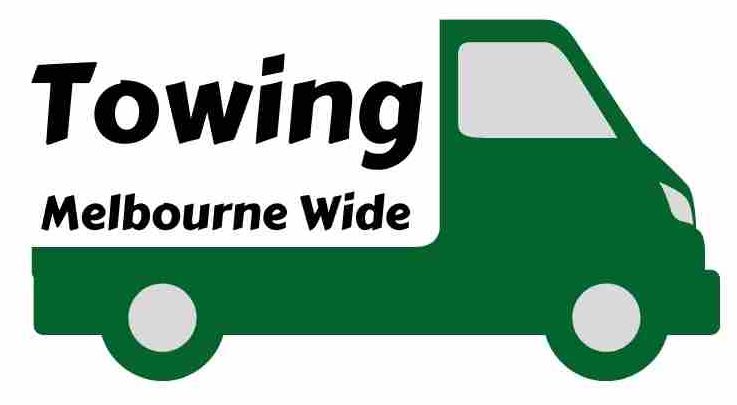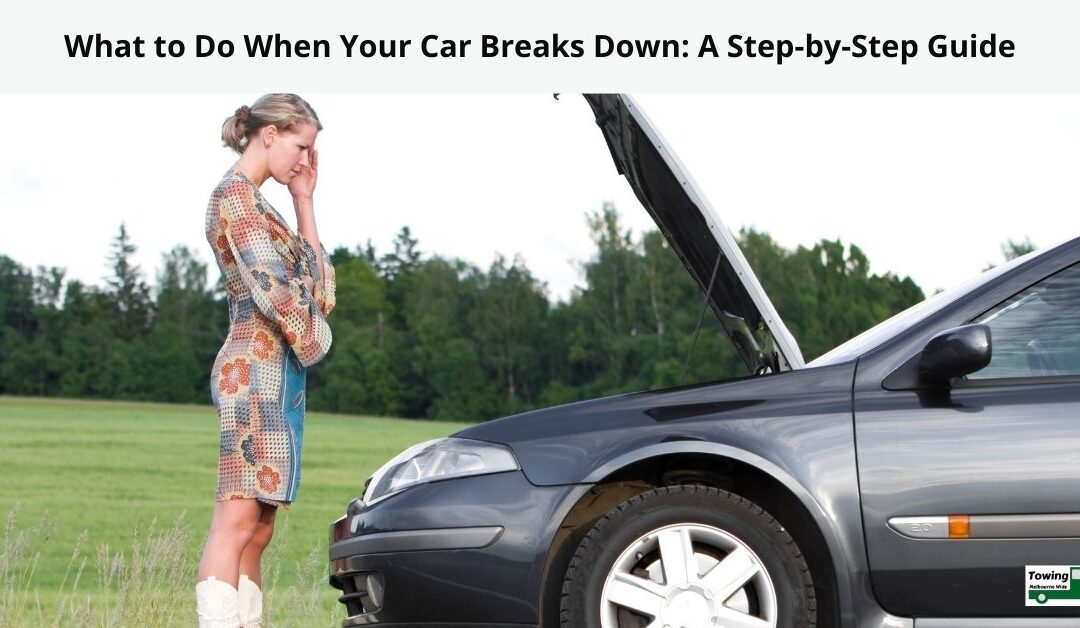Experiencing a car breakdown can be stressful and inconvenient, especially if it happens in the middle of a busy road or a remote area. Knowing what to do when your car breaks down will help you stay calm and manage the situation effectively. Follow this step-by-step guide to ensure your safety and resolve the issue as quickly as possible.
1. Stay Calm and Assess the Situation
The first and most important thing to do is stay calm. Take a deep breath and assess the situation carefully. Whether you’re on a busy road or a quiet street, keeping a level head will allow you to make smart decisions. If your car is still running but showing signs of trouble (strange noises, dashboard warning lights), try to guide it off the road before it stalls completely.
2. Move to a Safe Location
If possible, steer your vehicle to a safe spot out of traffic. Pull over to the side of the road or into a parking lot, far away from the flow of traffic. If you’re on the highway, aim for the emergency lane or shoulder. Turn on your hazard lights immediately to alert other drivers that you’re in trouble. If your car is immobile in traffic, stay inside and keep your seatbelt on until it is safe to exit.
3. Turn on Hazard Lights and Set Up Warning Signals
Once you’ve safely pulled over, keep your hazard lights on to alert other drivers. This is especially important in low visibility conditions, such as at night or during bad weather. If you have reflective triangles or road flares, set them up behind your car to increase your visibility to other drivers. Place the first one about 50 feet behind your car and the second one further back, especially if you’re on a highway or a fast-moving road.
4. Call for Help
After ensuring your safety, the next step is to call for assistance. If you have roadside assistance, such as through your insurance company or a towing service, contact them and provide your location. Many apps and services offer GPS tracking, making it easier to pinpoint where you are. If you’re unsure of your exact location, use your phone’s map or look for road signs and landmarks to help describe your position.
If you don’t have roadside assistance, you can call a local towing service or a trusted mechanic. If you’re in a dangerous situation or can’t move your vehicle, it may be necessary to call emergency services for help.
5. Stay in Your Vehicle (If Safe)
It’s generally safer to stay inside your vehicle while waiting for help, especially if you’re on a busy road or highway. Keep your seatbelt on, lock the doors, and stay aware of your surroundings. If you must leave the vehicle, exit carefully on the side away from traffic. Avoid standing between your car and oncoming traffic, as this can be extremely dangerous.
6. Diagnose the Problem (If You Can)
If you’re comfortable and knowledgeable, you can attempt to diagnose the problem. Check your dashboard for any warning lights that indicate specific issues (battery, oil, engine, etc.). If you feel it’s a simple issue, such as a flat tire or dead battery, and you have the right tools and skills, you may be able to fix it yourself. For example, you can change the tire if you have a spare or use jumper cables to restart the battery. However, if you suspect a more serious issue, it’s best to wait for professional help.
7. Stay Safe While Waiting for Help
While waiting for assistance, keep yourself safe by staying visible and aware of your surroundings. If you are stranded in extreme weather (either too hot or too cold), make sure to stay comfortable. In hot weather, drink water if you have any, and in cold weather, keep warm by staying inside the car and conserving fuel if needed. Monitor your phone’s battery life in case you need to make additional calls.
8. Follow Up with Repairs
Once your vehicle is towed or repaired, be sure to follow up on any necessary repairs as soon as possible. Regular maintenance is key to avoiding future breakdowns. Keep a list of essential contacts, such as a reliable towing company or mechanic, to help you manage any car troubles that arise in the future.
Conclusion
A car breakdown can be frustrating and stressful, but staying calm and following this step-by-step guide will help you handle the situation safely and efficiently. From moving your car to a safe location to calling for help, knowing what to do can make all the difference in getting back on the road quickly. Preparation is key, so ensure you have the right emergency tools in your car and know who to call in case of a breakdown.
Now Towing Melbourne Wide is available in East Melbourne Victoria 3002, Australia.
Contact us
Towing Melbourne Wide
4/10 Auburn Grove
Hawthorn East VIC 3123
(03) 9956 1908
www.towing-melbournewide.com.au


Recent Comments